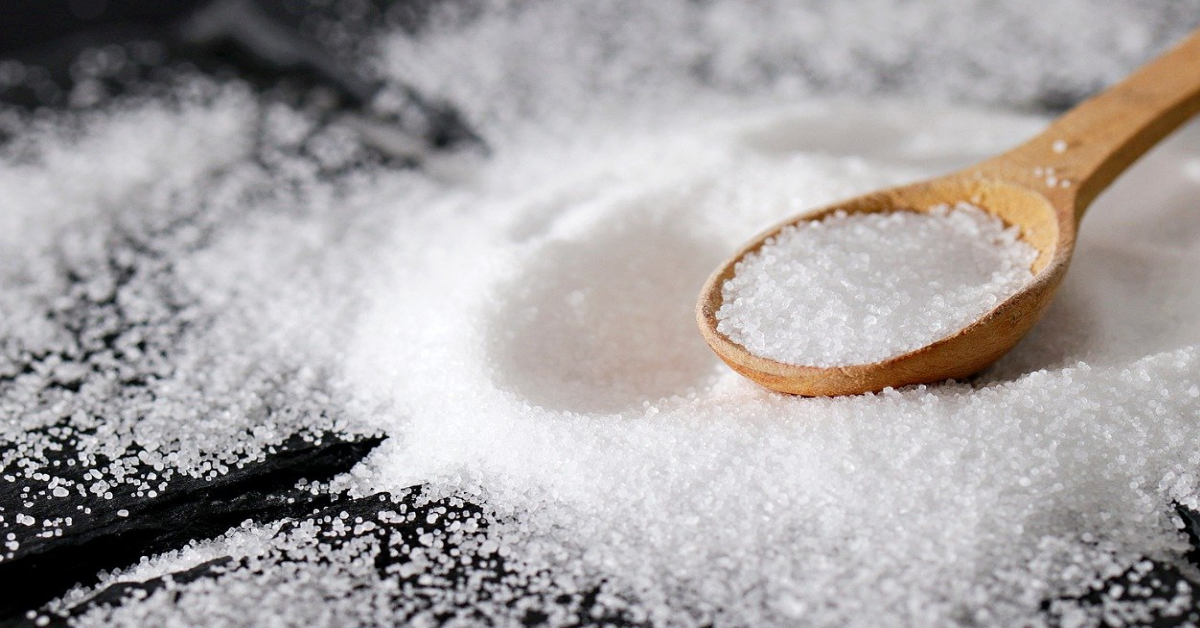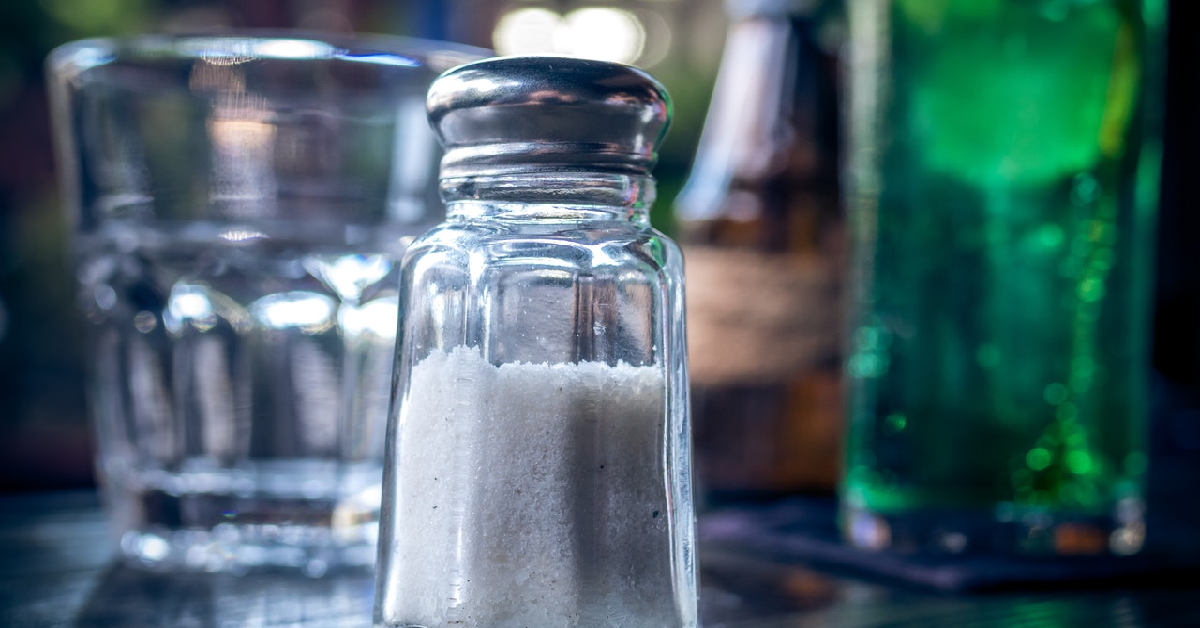I don’t think any of us need to be told that we have too much salt in our diet. It’s not only the salt that we put on our food from the salt shaker, it’s the salt that is constantly bombarding our taste buds from restaurants and prepackaged foods.
In order to reduce the amount of salt that we eat, the food and drug administration (FDA) is asking that salt be reduced from more than 160 different categories of processed, prepared, and packaged foods.

According to a report by NBC news, Dr. Janet Woodcock, the acting FDA Commissioner, said that they would like to see the food industry “gradually lower” the sodium content.
The United States Department of Agriculture (USDA), in conjunction with the United States Department Of Health And Human Services (HHS), is responsible for providing the Dietary Guidelines for Americans. According to those guidelines, Americans should be eating less than 2300 mg of sodium per day. That is for people who are over the age of 13 and it is the equivalent of a teaspoon of salt.

Additional information can be found from the American Heart Association. According to research, a high sodium diet can lead to issues such as high blood pressure, heart disease, and stroke. They recommend limiting salt to a maximum of 1500 mg per day for adults.
Although they would like to keep salt intake to a minimum, 9/10 Americans eat at least 3400 mg of sodium daily. 65% of the sodium comes from pre-processed foods and 25% from restaurants. Only 10% comes from the salt shaker.

In order to reduce how much salt we consume, the FDA is looking for food manufacturers and restaurants to make some changes over the next 2 1/2 years. They are not forcing them to make those changes, but they are planning on rewarding those who are compliant with them.
This isn’t the first time that the FDA asked the food industry to reduce sodium. They did so in 2016, although the food industry didn’t pay much attention to it. It is the hope of the FDA and other federal agencies that suggestions from the federal government will cause the food industry to act.













